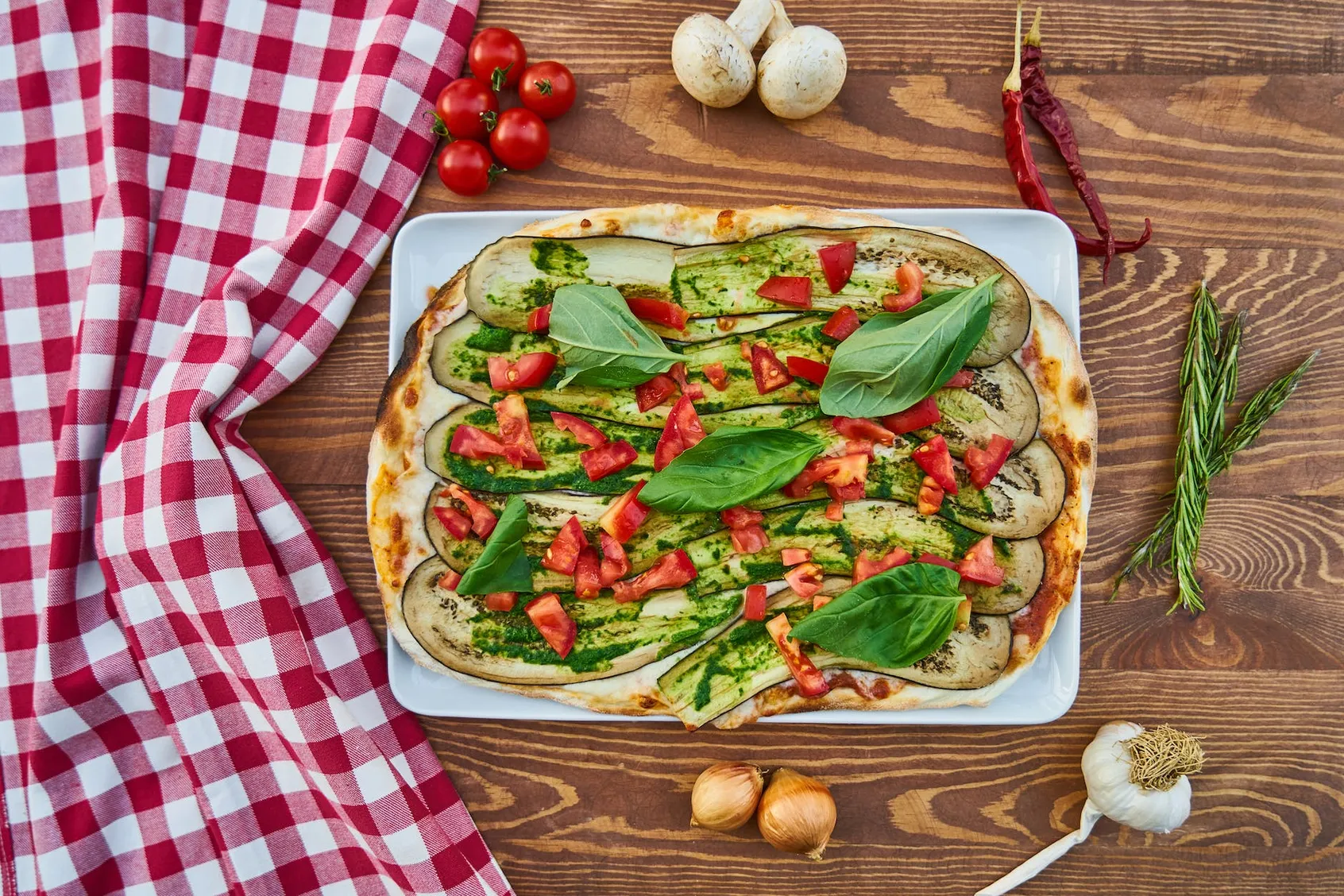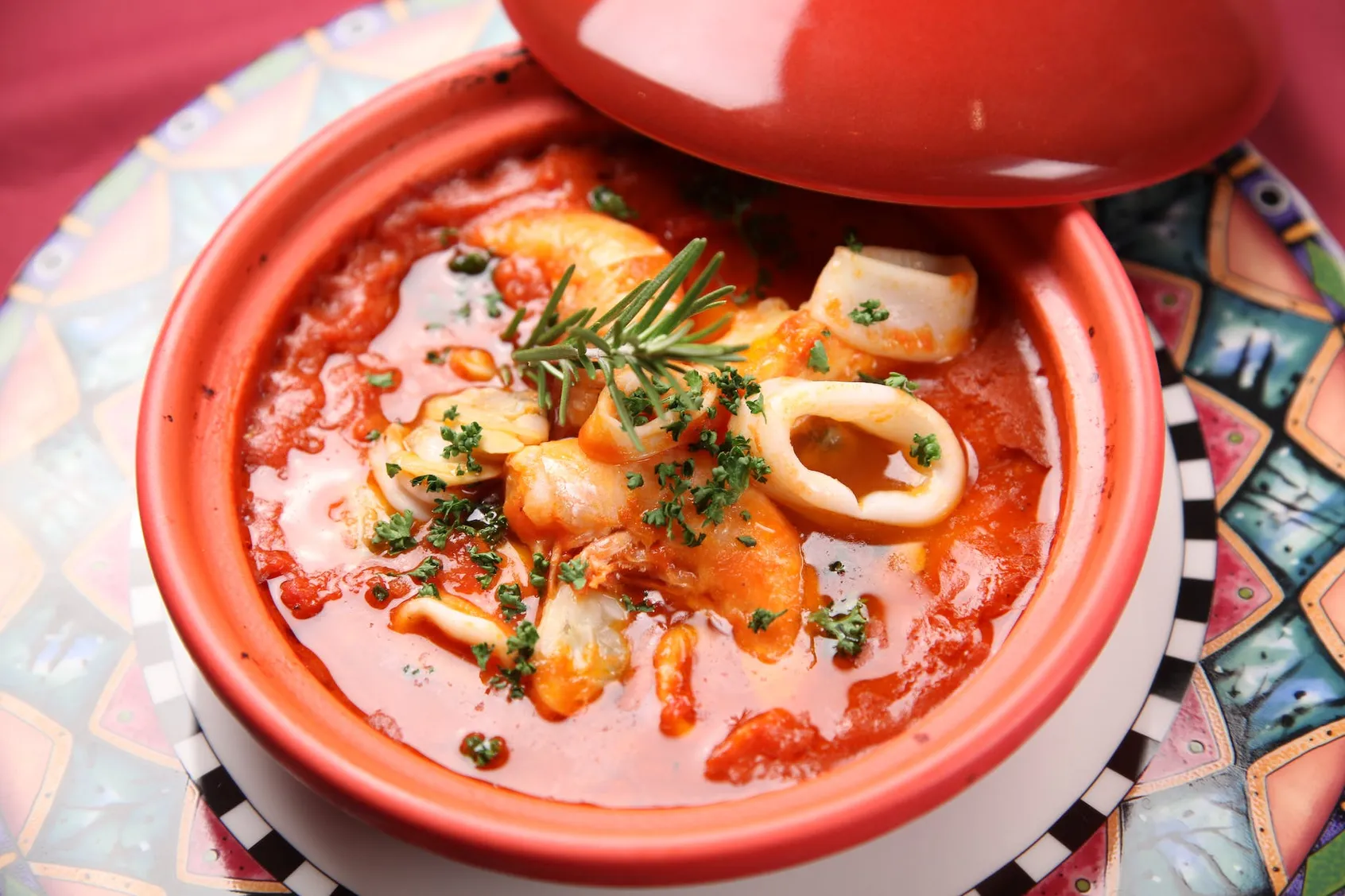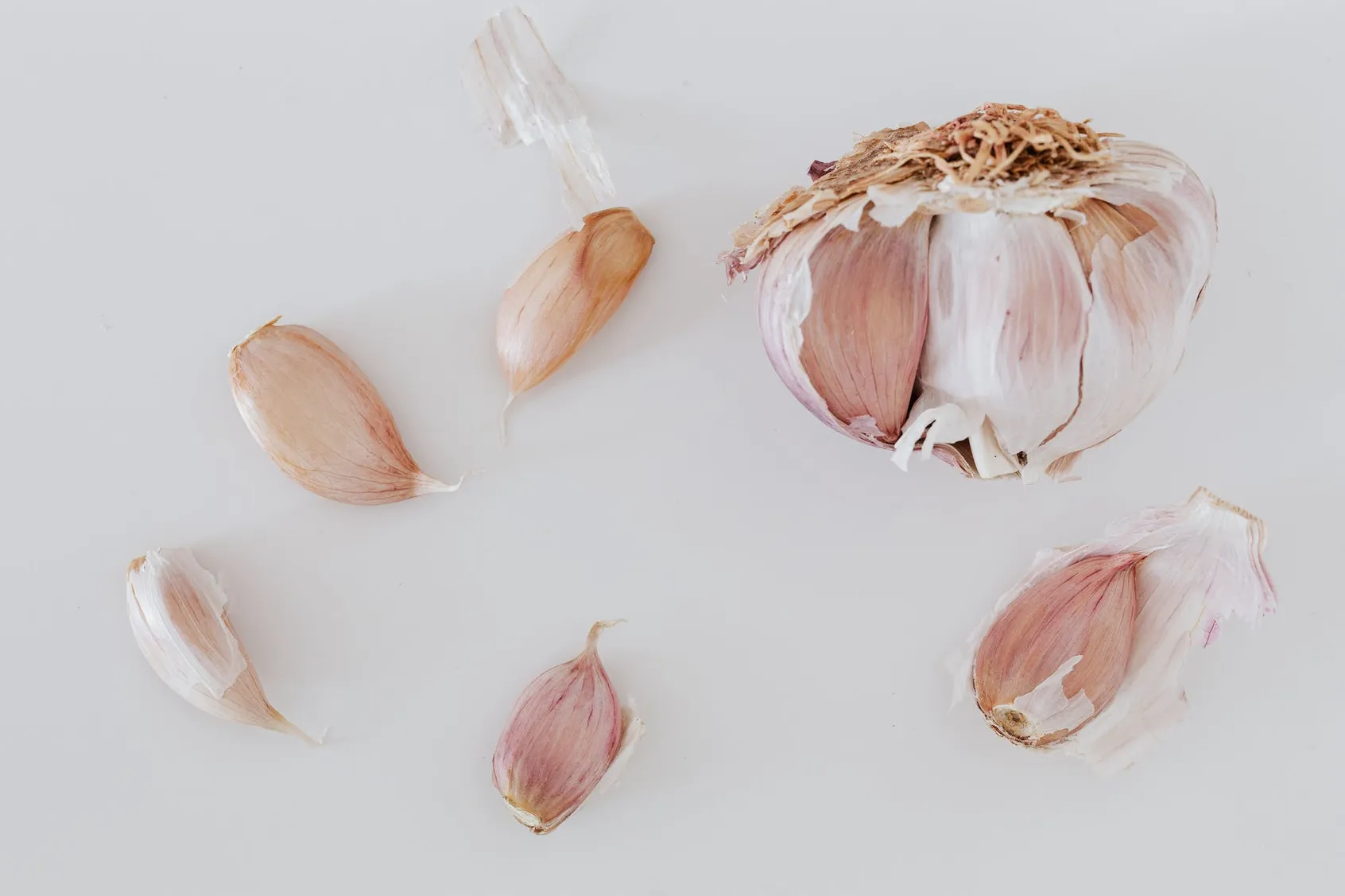Why is kitchen safety important? Kitchen safety is an incredibly important part of food preparation and cooking. It is essential for preventing accidents, illnesses, and injuries.
Not only does kitchen safety help keep you and your family safe, but it can also save you time and money. Therefore, it is critical to understand the basics of kitchen safety and how to practice it in your home.
Why Is Kitchen Safety Important?
Kitchen safety is an important part of keeping a safe and healthy home. It is especially important for those who cook for others since there is a greater risk of contamination and food poisoning when food is not prepared and handled properly. Knowing the basics of kitchen safety is essential for everyone, whether a professional chef or a home cook.
The first step in kitchen safety is ensuring the kitchen is clean and well-organized. This means wiping down surfaces, washing dishes and utensils, and properly storing food.
Keeping the kitchen clean helps to reduce the chance of foodborne illness, as it reduces the risk of bacteria and other contaminants coming into contact with food. Additionally, an organized kitchen is easier to work in and helps to avoid accidents.
The second step in kitchen safety is to practice good hygiene habits. This means washing hands before handling food and touching raw meat, poultry, or fish. It also means avoiding cross-contamination, when bacteria from one food contaminate another. This can happen when utensils, cutting boards, or other surfaces are not washed between uses.
The third step in kitchen safety is to pay close attention to food temperatures. This means ensuring that food is cooked to the correct temperature to kill any bacteria that may be present. It also means avoiding food left out for too long, as bacteria can grow on food not kept at the proper temperature.
Finally, kitchen safety also involves using safe equipment. This means using appliances in good working order and not using any equipment that may be damaged or malfunctioning. Following the manufacturer’s instructions when using kitchen tools is also important.
Preventing Burns And Scalds
Kitchen safety is extremely important to prevent burns and scalds. Burns and scalds can be caused by contact with hot surfaces, steam, and hot liquids, as well as contact with fire, sharp objects, and chemicals. Burns can cause permanent scars, disabilities, and even death. Scalds can cause serious damage to the skin and tissues.
- Hot liquid: Contact with hot liquids, such as hot water, oil, and boiling water, can cause severe burns and scalds in seconds. To prevent burns and scalds from hot liquids, it is important to keep hot liquids out of children’s reach and never leave hot liquids unattended.
- Hot surfaces and steam: It can cause severe burns and scalds. To prevent burns and scalds from hot surfaces and steam, it is important to use stove guards and keep pot handles turned away from the edge of the stove. It is also important to use oven mitts when handling hot surfaces and steam.
- Sharp objects: Objects like knives can also cause serious burns and scalds in the kitchen. To prevent burns and scalds from sharp objects, it is important to use cutting boards and never leave sharp objects unattended. It is also important to store sharp objects in a secure place, out of reach of children.
- Chemical hazards: It is also important to be aware of chemical hazards, such as cleaning products and cooking oils. To prevent burns and scalds from chemicals, it is important to store chemicals out of children’s reach and never leave them unattended.
Proper Use Of Knives
Kitchen safety is an important topic to consider when it comes to food preparation and food safety. The proper use of knives in the kitchen is essential for anyone looking to cook efficiently and safely. Here are a few tips to keep in mind:
- Choose the right knife for the job: Different knives are designed for different tasks. For instance, a chef’s knife is ideal for chopping and slicing, while a paring knife is better for peeling and detail work.
- Keep your knives sharp: A dull knife is more dangerous than a sharp one, as it requires more force and can slip more easily. Invest in a good quality sharpening tool, or take your knives to a professional for sharpening.
- Grip the knife safely: Use a firm grip on the knife handle with your fingers wrapped around it and your thumb resting on the blade. Keep your other hand away from the blade.
- Use a cutting board: Cutting directly on the countertop can damage your knife and the surface. Use a cutting board instead, and keep it steady while cutting.
- Slice with a rocking motion: For most slicing motions, use a rocking motion with the knife. This allows for greater control and precision.
Avoiding Electric Shock
Electric shock is one of the most common and dangerous accidents in the kitchen. It can be a serious hazard in the kitchen, but there are some simple ways to avoid it:
- Keep appliances and electrical cords away from water. This is especially important when using appliances near the sink or other wet areas.
- Make sure your appliances are in good working condition. Check for frayed cords or other signs of wear and tear, and replace any appliances with issues.
- Use a circuit breaker or ground fault circuit interrupter (GFCI) outlet. These can help prevent electric shock by cutting off the electrical current if there is a problem.
- Use rubber mats or wear rubber-soled shoes around electrical appliances or cords.
- Never touch electrical appliances with wet hands or while standing in a puddle of water. Dry your hands thoroughly before touching electrical appliances.

Practicing Fire Safety
There are several ways to practice fire safety in the kitchen to prevent accidents and keep you and your family safe. Here are some tips:
- Keep flammable materials away from the stove. This includes paper towels, curtains, and potholders.
- Clean your stove and oven regularly. Grease and food particles can build up and start a fire.
- Be careful when cooking with oil. Use a deep fryer or a pot with a lid, and never leave the stove unattended while frying.
- Keep a fire extinguisher nearby. Make sure everyone in the household knows how to use it.
- Turn off the stove as soon as you’re done cooking. Double-check that all burners and oven knobs are turned off before leaving the kitchen.
- Install smoke detectors in the kitchen and throughout the house. Test them regularly and replace batteries as needed.
Following Food Safety Guidelines
Following food safety guidelines in the kitchen is crucial to the health and well-being of both you and your loved ones. Here are a few tips to help you maintain a safe and hygienic kitchen environment:
- Keep the kitchen clean and sanitized. This means wiping down counters, washing dishes thoroughly, and regularly cleaning appliances and kitchen tools.
- Keep your food preparation area separate from other kitchen areas. This can help prevent cross-contamination and the spread of bacteria.
- Wash your hands frequently with soap and warm water for at least 20 seconds before and after handling food.
- Ensure all produce is washed thoroughly before use, especially if it is being eaten raw.
- Cook food to the appropriate temperature to ensure it is safe. Use a food thermometer to check the internal temperature of meat, poultry, and seafood.
- Store food properly to prevent spoilage. This includes keeping perishable items refrigerated or frozen and storing dry goods in airtight containers.
Storing Hazardous Items Safely
Kitchen safety is an important part of keeping our homes and families safe. Taking the time to properly store hazardous items, such as knives and cleaning chemicals, is one of the most important aspects of kitchen safety. This practice helps to prevent accidents and injuries caused by these items.
- Knives: It is important to keep knives sharp and stored in a place that is not easily accessible to children. Knives should be stored in a knife block or a drawer with a safety latch. Additionally, knives should be cleaned and put away immediately after use.
- Cleaning chemicals: These items should always be locked away in a cabinet or drawer and kept away from children. If you must use cleaning chemicals in the kitchen, it is important to read the instructions on the label carefully and follow them closely. Additionally, watching children and pets while these products are in use is important.
- Combustibles: Store combustible items such as matches, lighters, and candles safely away from children. These items should be kept out of reach and locked away when unused. Keeping a fire extinguisher in the kitchen in an emergency is also important.

Wearing The Appropriate Clothing
Kitchen safety is an important issue that should not be taken lightly. Wearing the appropriate clothing in the kitchen is one important way to stay safe.
- Sturdy shoes, such as closed-toe shoes or shoes with a non-slip sole, are important to keep your feet safe from spills and other accidents.
- Clothes should be comfortable and loose-fitting to avoid getting caught on appliances or other objects.
- Long hair should be tied back and kept away from open flames and other heat sources.
- Aprons are also helpful for protecting your clothes from spills and splatters.
In addition to clothing, protective gear such as oven mitts, pot holders, and safety goggles should be worn when appropriate.
- Oven mitts should be used when handling hot pots, pans, or food items.
- Pot holders will help protect hands from the heat of metal and ceramic surfaces.
- Safety goggles should be worn when working with sharp objects, such as knives, and when using any type of machinery.
You can help keep yourself safe in the kitchen by wearing the appropriate clothing and protective gear. Taking the necessary precautions can help prevent accidents and injuries. It is important to remember that the kitchen can be dangerous and take the necessary steps to ensure that you and everyone else in the kitchen stay safe while cooking.
Cleaning And Disinfecting Surfaces
Cleaning and disinfecting kitchen surfaces is a simple but effective way to prevent the spread of bacteria and other harmful germs.
Cleaning and disinfecting kitchen surfaces involves three steps: wiping down surfaces with a disinfectant, wiping down surfaces with a water-based cleaner, and then drying the surfaces.
- Use a disinfectant. Disinfectants are substances that kill microorganisms, such as bacteria and viruses. When used on kitchen surfaces, they can help reduce the spread of foodborne illnesses. Disinfectants should be used on kitchen surfaces that come into contact with food, such as counters, sinks, cutting boards, and utensils.
- Use a water-based cleaner. Water-based cleaners are generally milder than disinfectants and are designed to remove dirt, grease, and food residue from kitchen surfaces. When using a water-based cleaner, it is important to read the directions on the label and follow the manufacturer’s instructions.
- Dry the surfaces. This helps to prevent the growth of bacteria and other microorganisms. It is important to use a clean, dry cloth to wipe down the surfaces and let them air dry. This will help to ensure that all surfaces are completely dry before they are used again.
Keeping A Clean Workspace
Keeping a clean workspace in your kitchen is essential for ensuring food safety and making meal preparation a more enjoyable experience. Here are a few tips for maintaining a clean kitchen workspace:
- Start with a clean slate. Before starting food preparation, ensure that all counters, appliances, and utensils are clean and free of any previous food residue.
- Use separate cutting boards for different types of foods to prevent cross-contamination.
- Use a designated area for food waste, such as a compost bin or garbage can. Dispose of food waste promptly to prevent odors and pests.
- Implement a “clean-as-you-go” approach. As you work, periodically wipe down surfaces and utensils with a damp cloth to prevent buildup and reduce the cleaning needed at the end.
- Remember the sink. Keep your sink clean and free of dishes during meal preparation to prevent the spread of bacteria.
Knowing First Aid Procedures
Knowing first aid procedures is an important part of kitchen safety, as it can help to ensure the safety of everyone in the kitchen. Accidents can happen in the kitchen, such as burns, scalds, cuts, and slips, and knowing how to respond to these incidents is vital.
First aid procedures can help minimize the damage from a kitchen accident, including reducing the risk of infection. Burns and scalds can be especially painful and dangerous, and the right first aid can help to reduce the severity of such injuries.
Knowing how to respond to a cut or puncture wound is also important, as these can quickly lead to infection. Knowing how to apply pressure on the wound and how to clean it properly can help reduce the risk of infection and help to speed up the healing process.
Slips and falls are also common in the kitchen, and knowing how to respond should someone suffer an injury is important. Knowing how to safely move an injured person, as well as how to treat a sprain or strain, can help to reduce the risk of further injury.
Knowing first aid is also important for dealing with food-related injuries like food poisoning. Knowing how to identify the signs and symptoms of food poisoning and treat it accordingly can help reduce the risk of serious illness or injury. Additionally, knowing how to store food safely, dispose of it properly and maintain a clean kitchen environment is also important for kitchen safety.
Conclusion
Kitchen safety is an important consideration for all cooks and bakers. By following basic safety guidelines, such as wearing protective clothing, keeping surfaces clean, and practicing proper knife skills, cooks and bakers can reduce the risk of injury while enjoying the culinary experience. With proper care and attention to safety, cooks and bakers can create delicious recipes in a safe and enjoyable environment.
Frequently Asked Questions:
What are the basic kitchen safety rules?
Basic kitchen safety rules involve keeping the kitchen clean and organized, wearing appropriate clothing, cutting away from the body with sharp knives, keeping hot surfaces and liquids away from flammable items and children, handling electrical appliances with caution, treating minor burns and cuts immediately, and seeking medical attention for severe injuries.
What are the most common kitchen safety hazards?
Kitchen safety hazards include burns, cuts, slips, falls, and fires. Precautions should be taken when cooking to prevent these hazards, such as using proper pot holders and oven mitts, using sharp knives safely, cleaning up spills immediately, and having a working fire extinguisher in case of emergencies.
How can I ensure my kitchen is safe?
Proper food safety rules should be followed in the kitchen to ensure safety. This includes washing hands, using separate cutting boards, cooking food to the recommended temperature, storing leftovers in airtight containers, and keeping the kitchen clean and free of pests. Checking appliance installations is also important in preventing foodborne illnesses.
What precautions should I take when using sharp kitchen tools?
To avoid accidents and injuries while using sharp kitchen tools, handle them with care and respect, keep them away from children, use a secure cutting board, cut away from your body, sharpen blades regularly, and store them correctly after use. Following these precautions can help ensure the safe use of sharp kitchen tools.
